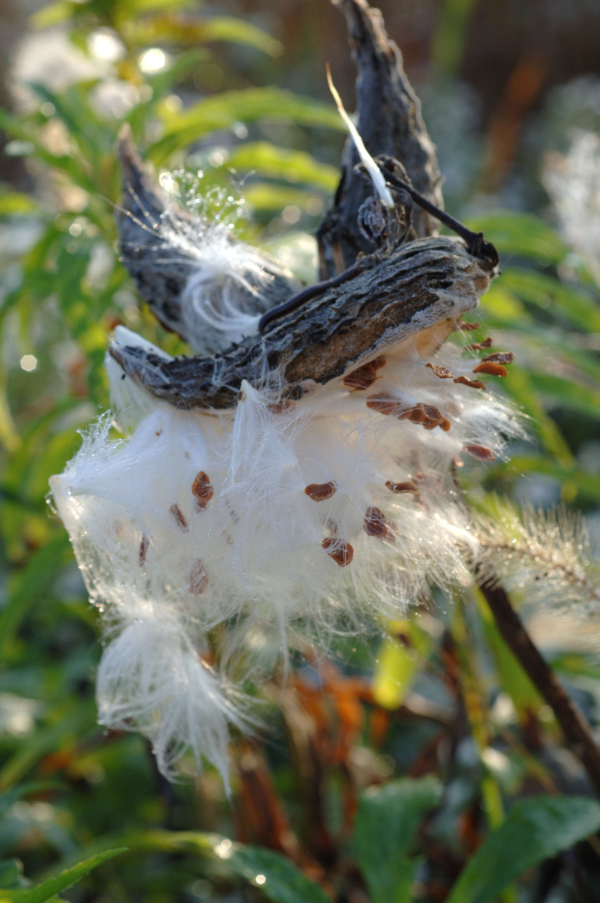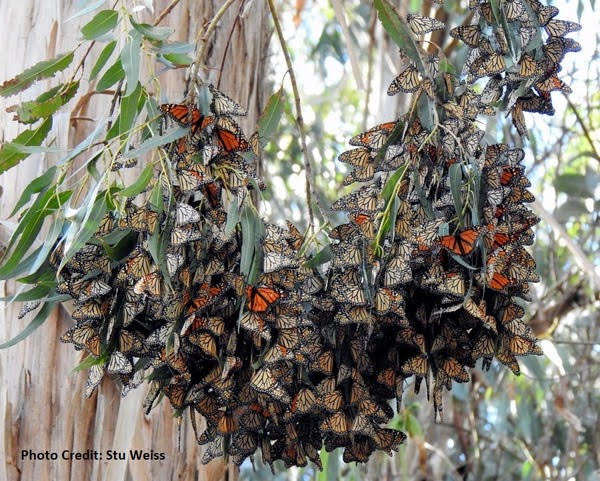Arkansas: monarch butterfly sees population rebound
LITTLE ROCK — For the first time in 12 years, eastern monarch populations are up significantly. The overwintering monarch population numbers, released by the World Wildlife Fund in Mexico, show the highest numbers since 2007.
Monarch numbers have been declining since the late 1990s, causing much concern and prompting many conservation groups to take action. This winter, the population saw a 144 percent increase from the previous winter. Researchers think favorable weather during spring and summer breeding season and fall migration period played a role in the increase. There has been a significant effort to conserve monarchs for the last five years in Arkansas and across the U.S., including planting milkweed and nectar plants and reducing the use of herbicides. Perhaps some of these efforts are starting to bear fruit.
The first monarchs began trickling into The Natural State around late March. These first-generation monarchs wore faded and tattered wings as they frantically searched for milkweed to lay their eggs on. First generation monarchs are slowly giving way to second generation monarchs, which will look much fresher and brighter. Some of these butterflies will stay and breed, while others will continue to migrate north. AGFC has been monitoring monarchs using citizen science for the last two years. Data collected are helping biologists understand the timing of migration and where exactly the monarchs are occurring in the state. If you would like to report your observations, the Arkansas Monarch Mapping project can be found on the iNaturalist webpage, https://www.inaturalist.org/projects/arkansas-monarch-mapping-project.







